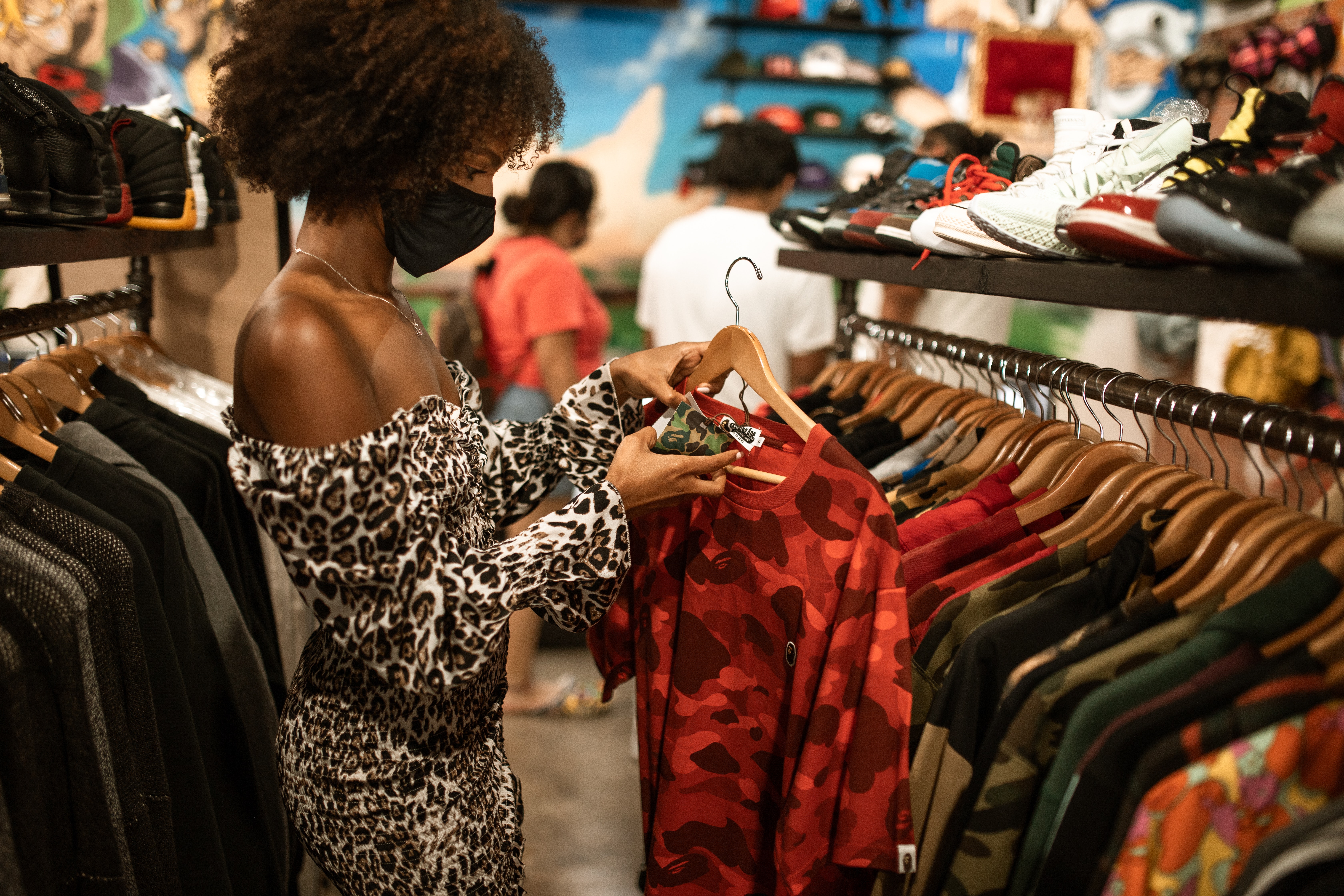Call a store, any store, from Fifth Avenue to Main Street, from California to Virginia and I’ll wager that I can find a black person who has experienced discrimination there. The massive cosmetics retailer Sephora just recently became the focus of criticism when the vocalist SZA implicated one of its workers of racially profiling her.
This is just the most current and recently prominent occurrence. Retail racism is almost endemic to shopping.
A 2018 Gallup survey of black Americans discovered that almost two-thirds perceived that blacks are dealt with less relatively than whites while shopping– a figure that has actually progressively increased over the past years. When asked about being treated unjustly due to their race in the last 1 month, more blacks reported unfair treatment while shopping (29%) than in any other scenario– even interactions with the authorities (21%).
Experiences of “shopping while black” include whatever from slights, like being overlooked in favor of a white client, to major attacks on dignity and liberty, like being apprehended and questioned after making a purchase or handcuffed on suspicion of shoplifting.
Contrast this with the experience of the prototypical perfect consumer, the middle-class white lady. A 2006 ethnographic study of toy shops not only discovered that middle-class white ladies were frequently given preferential treatment, however likewise that the cops were never ever contacted them, even when their habits was aggressive.
If you thought such discrimination was unlawful…. it isn’t.
Stores are not typically covered by United States civil rights laws. Salespeople can choose whom to lavish assistance upon and whom to surveil and neglect.
If shops and their salesmen can legally choose who they will and will not serve, can black customers ever anticipate to get equivalent treatment? Reporting prejudiced occasions on social media– as SZA did– might elicit an action from merchants, however is public shaming enough to improve the black consumer experience?
Following Starbucks’ lead, Sephora decided to close all its United States shops for an hour last Wednesday to hold obligatory new racial sensitivity training to assist restore its image. Corporations typically imitate each other’s options to market- or economy-wide problems, so the closing of stores for variety training seems likely to become a predictable response when companies fear being perceived as racist. The tactic, which cost Starbucks an approximated $16.7 m in lost income, might change the story– at least more so than companies such as Macy’s or Barney’s did when they made an outrageously unpopular plea of not guilty after hundreds of clients accused them of racial discrimination.
But inclusivity training is unlikely to fix persistent discrimination in our society. In some cases, it may even move the needle in the opposite instructions: companies with variety training actually tend to become less diverse gradually. Instead of wanting to outdoors experts and diversity fitness instructors, firms must utilize their power and knowledge to develop strategies not just to lower retail bigotry, but to proactively improve the retail experience of non-white people.
A first step would be for companies to prohibit the practices of trailing black clients around stores with clerks or security personnel, and of calling the police on black consumers due to the fact that a sales clerk considers them suspicious. However there is even more that Sephora and other business can do.
Sephora is popular in the cosmetic industry as being a leader in evaluating its clients’ data to anticipate their purchasing choices. It likewise utilizes a Pantone Color IQ test to find products that match consumers’ specific skins. Why not use such data to enhance the experience of customers of all tones and colors? If consumers with darker complexions regularly indicate poor in-store experiences, then sales partners could be incentivized to sell to those customer sectors to guarantee they have satisfying experiences.
LVMH, Sephora’s parent business, owns 75 unique brand names. Envision what could be learned if they started to ask black clients straight about their experiences, consisting of events of discrimination. Promotions or bonus offers could be offered based on the favorable experiences of a diverse range of clients, and inclusive brand names could be recognized and offered premium shelf space, including black-owned brands like Pat McGrath Labs.
Business should also motivate consumers to report events of discrimination, coaching them on how to do so efficiently (ensuring to consist of required details such as the date and time, sales person’s name, store branch, and so forth). Such data might help companies figure out the scale and frequency of discrimination within their organizations and recognize specific stores and sales partners that are serial culprits.
If business really value their black customers, it should also display in the racial makeup of their management and executives. More youthful generations are ending up being progressively racially diverse; the makeup of staff in a position to alter business policies and culture should show the variety of these future consumers.
You can’t train racism away.
However by altering the power and incentive structures within business and proactively improving black customers’ experiences, companies can produce genuine change in stopping retail racism.

